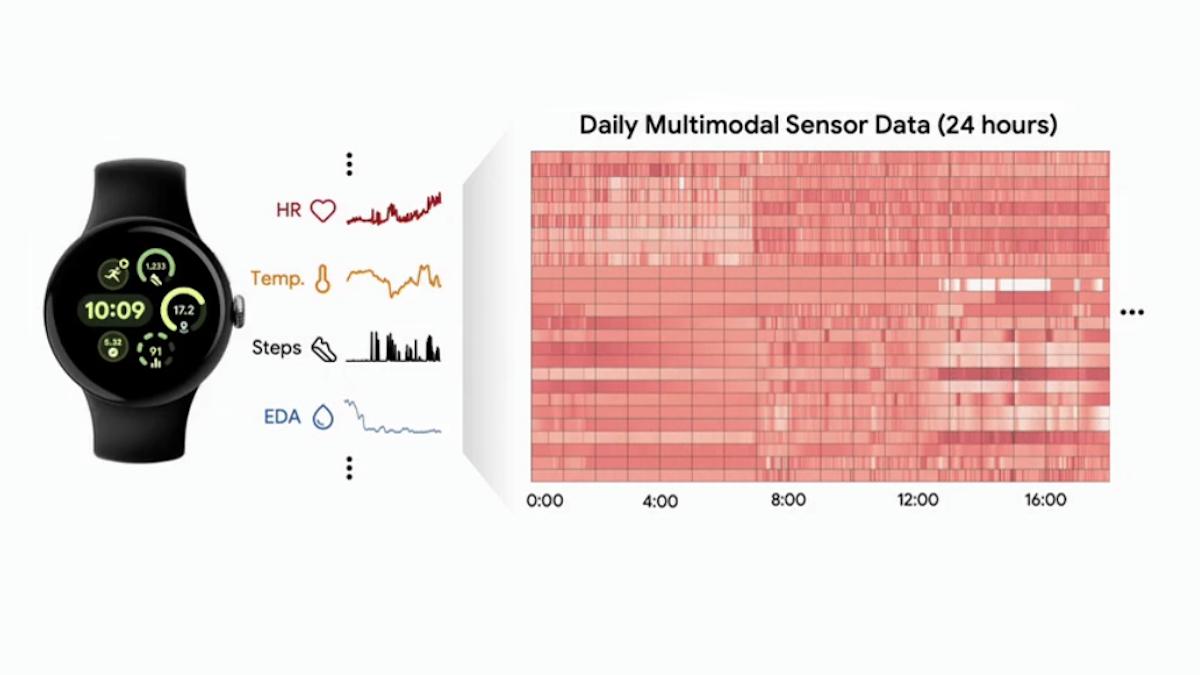Wearable tracks health by measuring skin gas emissions

Researchers in the US have developed a wearable monitor that could be used to monitor metabolic diseases through gases released from a person's skin.
It's a spin on the use of monitors that detect chemicals in sweat using electrical signals and has the key advantage that it does not need substantial amounts of sweat to get a reading, according to the team from Ohio State University.
So far, the result of their work is a prototype of a non-invasive, wearable biosensor that continuously detects gaseous acetone that ambiently comes out of the skin and is a biomarker for metabolic diseases like diabetes and heart disease.
Volatile organic compounds like acetone can be measured using breathalyser devices, but these require active intent by the patients and only provide a snapshot reading. The wearable device could provide continuous, passive monitoring, potentially in real time, and detect much smaller amounts of acetone.
The experimental device developed by the Ohio team relies on the use of layers of composite films of electroactive polyaniline polymer and cellulose acetate that bend in response to gaseous acetone, sending a signal that shows the presence and concentration of the biomarker.
"We found significant bias toward bending more upon exposure to certain chemicals over others," said graduate student Anthony Annerino, lead author of the study.
Using artificial intelligence and machine learning algorithms, the platform could enable the tracking of long-term changes to a patient's metabolism. It could also be modified to track gaseous ethanol, which can be a biomarker for liver disease.
[caption id="attachment_91122" align="alignright" width="144"] Prof Pelagia-Iren Gouma[/caption]
Prof Pelagia-Iren Gouma[/caption]
"Discerning health issues through the skin is really the ultimate frontier," said study co-author Prof Pelagia-Iren Gouma, professor of materials science and engineering, in a statement published by Ohio State University.
Gouma also leads the Smart Connected Health project, which aims to support research in health and medicine.
"The project still has a couple of years to go," she said. "But in six months, we should have proof of concept, and in a year, we'd like to have it tested in people."
The final version would likely be a small device a person could wear on areas of the body that do not sweat much, such as behind the ear or on the nails. Efforts are underway to standardise the size, shape and thickness of the sensing strips.
The results of the research are published in the journal PLOS One.












